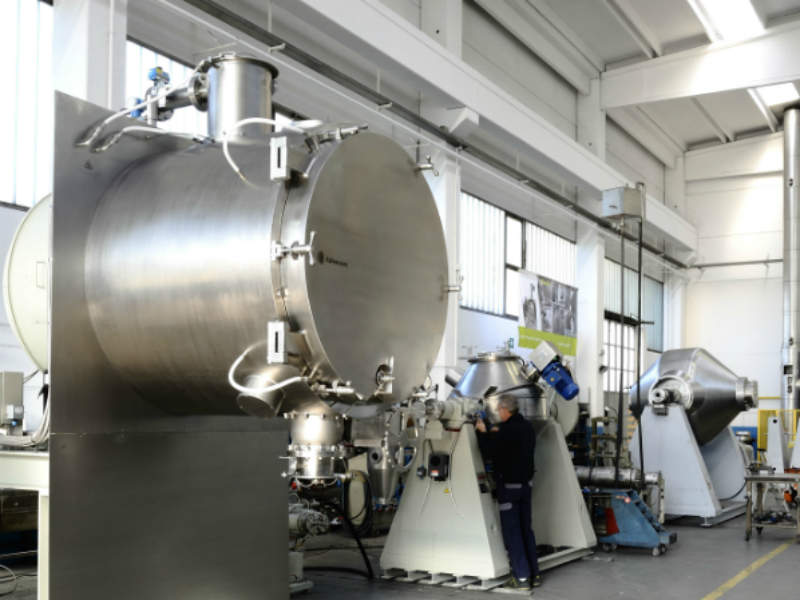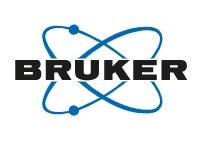Companion Diagnostics: Technology trends
Companion Diagnostics (CDx) are developed in parallel to the drug using the drug-diagnostic co-development model. The field has expanded from a handful of oncology drugs with corresponding diagnostics to include multiple therapeutic areas, and the number of combinations has grown significantly over the years.
Listed below are the key technology trends impacting the CDx theme, as identified by GlobalData.
Big data and companion diagnostics
The use of algorithms that employ big data to aid clinical decision-making will be more prevalent in the future. These algorithms typically require large datasets with many variables such as genetic information alongside clinical features including disease activity and progression. Using this information, clinicians are then able to predict prognosis and optimal treatment options using patient-level characteristics.
New information can be added to the knowledge base, regularly updating the algorithms. The aggregation of data from different sources allows the identification of patterns that would normally not be identified if the data points were analysed independently. Companies such as Foundation Medicine, Congenica, deCODe Genetics, and Illumina are utilising this type of approach for their products.
Artificial intelligence (AI)
The continuously collected large data sets from various molecular profiling, in addition to the development and deployment of wearable medical devices and mobile health applications, has allowed the wide application of AI. New research opportunities in predictive diagnostics and precision medicine with the use of AI have surfaced in the recent years.
Many companies are also utilising AI in their products. Amplion, a leading precision medicine intelligence company, recently released Dx:Revenue, a software intelligence platform that uses machine learning (ML) to deliver insights to pharmaceutical partnerships. Deep Genomics, a Toronto start up, uses AI to reduce the amount of costly trial and error in drug discovery by analysing large genomic databases. The company aims to identify patterns in large data sets of genetic information and medical records, looking for mutations and linkages to a disease.
Biomarker testing
In the field of cancer research and care, biomarkers being used in the development of precision medicine provide a strategic opportunity for technological developments to improve human health and reduce healthcare costs. Cancer biomarkers can be classified as either predictive or prognostic based on their usage. Predictive biomarkers predict response to specific therapeutic interventions such as positivity/activation of HER2, which predicts response to trastuzumab in breast cancer.
Prognostic biomarkers may not be directly linked to or trigger specific therapeutic decisions, but instead aim to inform physicians regarding the risk of clinical outcomes such as cancer recurrence or disease progression in the future. Biomarker research is arguably still in its early stages as new biomarkers are still being discovered and clinical utility is being increasingly understood.
Recently, there has been an increased usage of biomarkers in clinical trials. More than 90% of oncological drugs that enter clinical development will not reach market approval due to the clinical trials failing to demonstrate therapeutic benefit, contributing to costly and slow cancer drug development. The role of biomarkers is therefore expected to play an important role in minimising the risk of clinical trial failure.
Laboratory developed tests and companion diagnostics
A laboratory developed test (LDT) is a type of diagnostic test that is designed, performed, and used within a single laboratory. In contrast, in vitro diagnostics (IVD) tests are US Food and Drug Administration (FDA)-cleared diagnostic tests sold as complete kits that a laboratory purchases from a manufacturer. Many laboratories opt for using LDTs as they are generally much less regulated compared to commercial CDx. As a result, medical centre laboratories have been at the forefront of precision medicine, rapidly developing tests for rare diseases, public health threats, and oncology.
In emerging markets, the high cost of imported test kits, poorly defined reimbursement processes, and undeveloped private healthcare insurance industry have driven the use of LDTs. Nonetheless, certain LDTs (such as those for ovarian and cervical cancers) have been associated with serious safety issues.
Next-generation sequencing (NSG)
Sequencing technologies have rapidly advanced in recent years from traditional first-generation sequencing methods such as Sanger to the more advanced second-generation sequencing such as NGS. Although highly accurate, Sanger sequencing has low sensitivity, can be complex and time-consuming, and is not standardised in terms of laboratory practice. NGS allows for the rapid and accurate sequencing of an entire genome at once by fragmenting DNA and sequencing those fragments in an automated, parallel manner.
NGS can be used for whole-genome sequencing, exome sequencing, transcriptome sequencing (RNA sequencing), and targeted sequencing of multigene panels. Genome-wide sequencing has enabled major advances in the understanding of the molecular basis of cancer. Physicians are able to sequence their patients’ tumours to match them to therapies designed to target the genetic alterations driving the tumour’s growth.
Numerous companies are capitalising on the need for personalised treatments by providing differing NGS technologies. Illumina provides sequencing by synthesis with its Solexa system and semiconductor sequencing with its Ion Torrent system, while Thermo Fisher provides sequencing by ligation with its SOLiD/Life Technologies system.
Liquid biopsies
Diagnosing and screening tumours through non-invasive methods represent an important paradigm shift in precision medicine. Tumours are highly heterogeneous, and tumour detection methods such as tissue biopsies are invasive and do not fully reflect tumour dynamics or sensitivity to the treatment. An area of active research has been the evaluation of alternative sources of testing material. More recently, liquid biopsies— mutation detection from circulating tumour DNA (ctDNA) found in plasma from primary tumours—has been rising in popularity.
Obtaining sufficient tumour tissue for testing can be quite challenging, particularly when there is an insufficient biopsy sample and invasive procedures pose a health risk to the patients. For instance, approximately 27–31% of non-small cell lung carcinoma (NSCLC) patients are unable to provide a suitable specimen upon diagnosis. Liquid biopsies are a minimally invasive alternative method. Additionally, genomic analysis of ctDNA has the potential to offer insight across multiple metastatic sites. This is particularly valuable in settings of increased genomic heterogeneity, such as in patients with treatment resistance.
There are limited marketed liquid biopsies for use as a companion diagnostic on the market. Companies such as Roche and Amoy diagnostics sell liquid biopsies that detect epidermal growth factor receptor (EGFR) mutations (NSCLC biomarker) in ctDNA, Sysmex sells liquid biopsies that detect KRAS mutations (colorectal cancer biomarker), while Illumina recently announced the launch of its first liquid biopsy solution for detecting cancer biomarkers.
This is an edited extract from the Companion Diagnostics – Thematic Research report produced by GlobalData Thematic Research.











Gloss